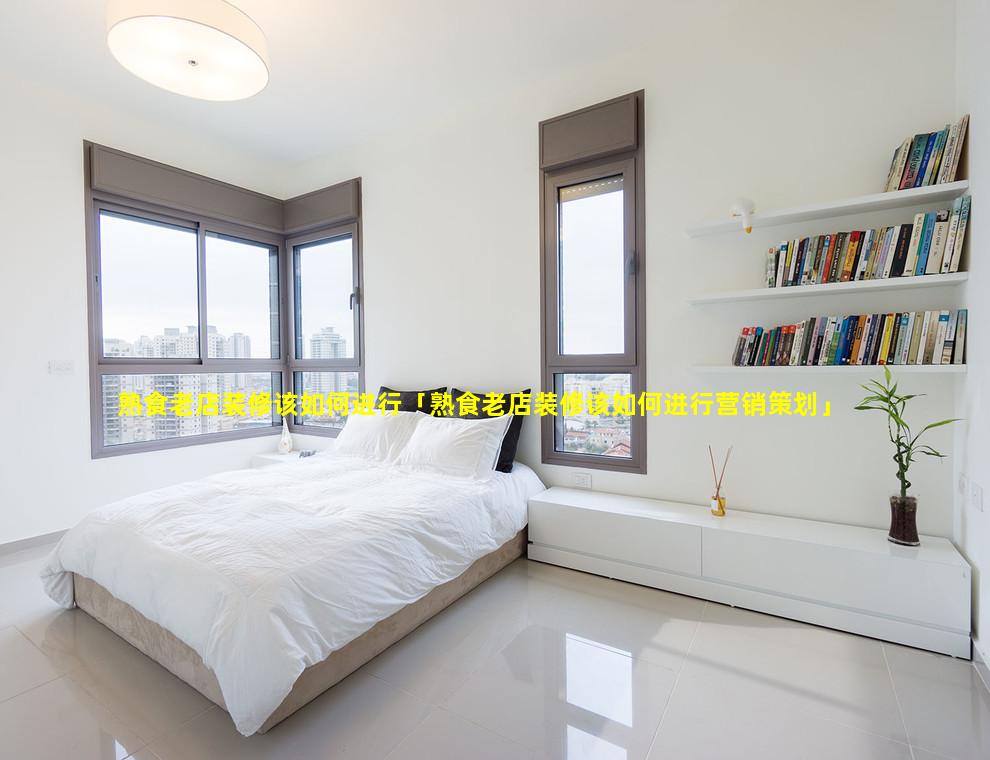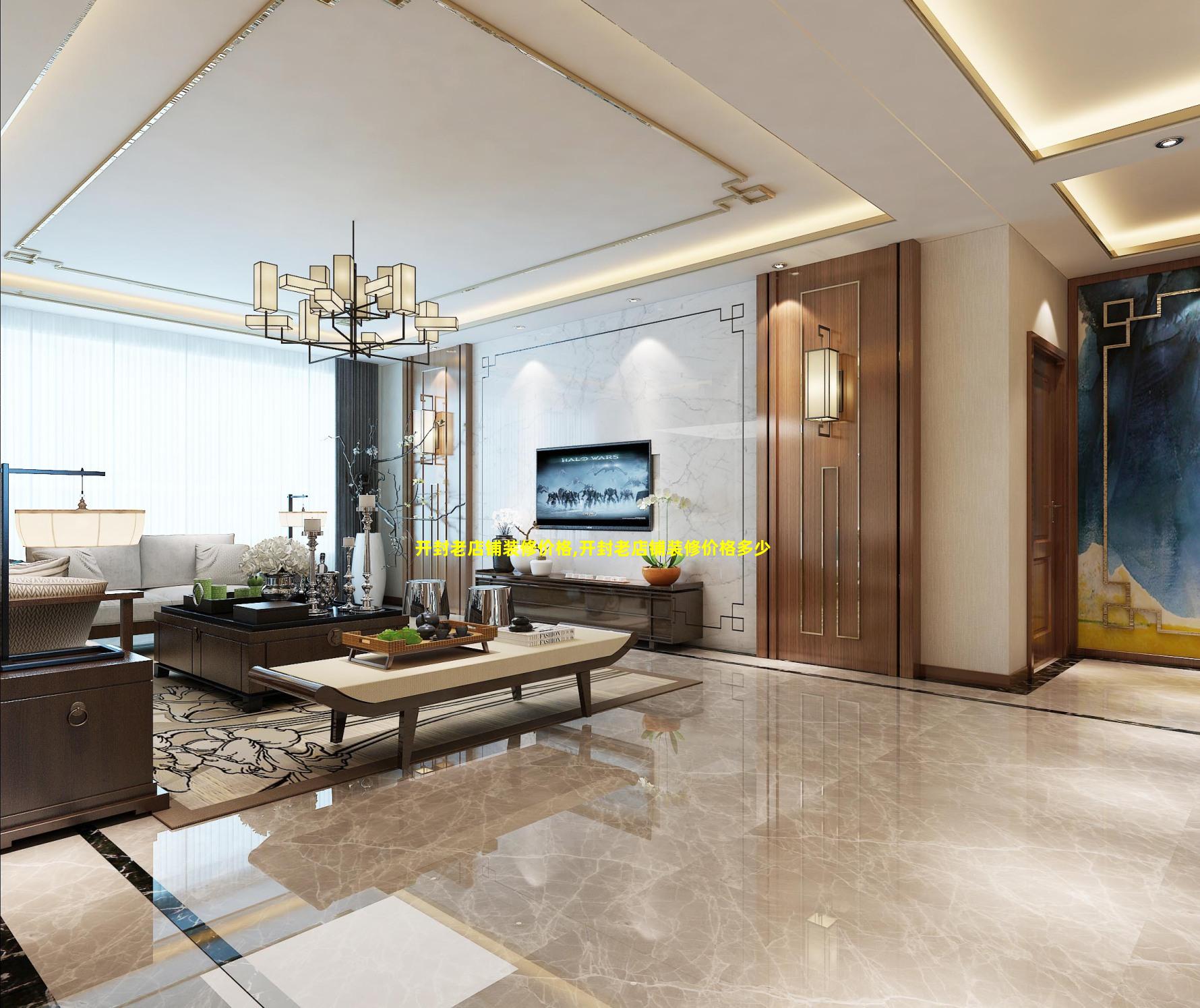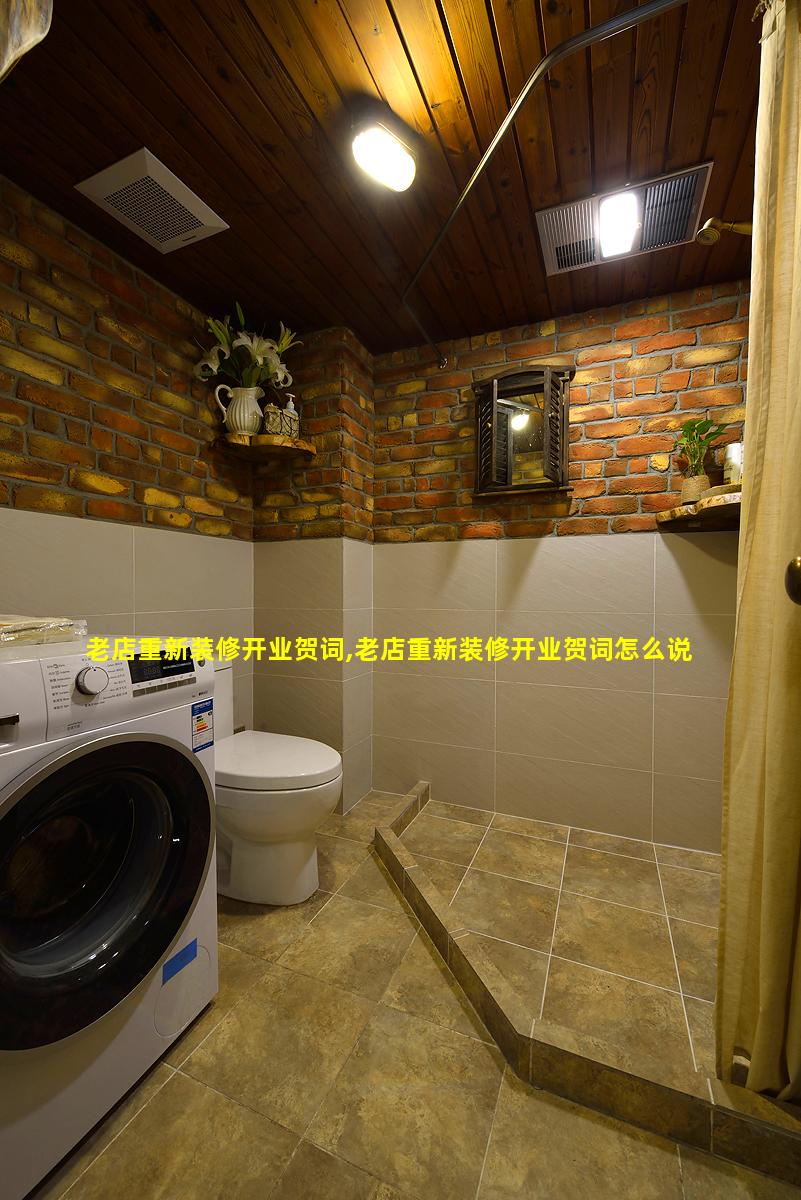1、足浴店老店适合什么装修风格
适合足浴店老店的装修风格:
1. 传统中式风格
深色木材、雕刻元素、中式灯笼和屏风
营造温暖舒适、富丽堂皇的氛围,适合老顾客和传统爱好者
2. 东南亚风情
竹子、藤条、绿植和水景
带来自然、放松和异域风情,吸引注重体验的顾客
3. 现代简约风格
明亮色调、简洁线条、植物元素
营造干净整洁、现代时尚的氛围,吸引年轻顾客和商务人士
4. 禅意雅致风格
自然材质、中性色调、祥和元素
带给人宁静、平和和放松的感觉,适合追求养生的顾客
5. 复古怀旧风格
老物件、古朴装饰、怀旧氛围
唤起老顾客的情怀,吸引怀旧爱好者
6. 奢华贵气风格
大理石、丝绒、水晶和金色元素
营造高贵奢华、尊贵典雅的氛围,吸引高消费群体
7. 养生保健风格
中草药元素、健康养生理念
突出足浴店的养生保健功能,吸引注重健康的顾客
8. 地中海风情
蓝白色调、拱门、瓷砖和藤条
带给人清新自然、休闲度假的感觉,适合注重健康和品质的顾客
装修注意事项:
注重舒适性和隐私性,提供舒适的足浴沙发和独立足浴间
保持良好的通风和采光,创造清新健康的环境
选择耐脏耐磨的材质,方便清洁和维护
适当加入养生元素,体现足浴的保健功效
2、足浴店老店适合什么装修风格图片
经典中式风格
使用深色木质家具,如红木或紫檀
采用传统中式元素,如屏风、灯笼、书法
营造宁静、优雅的氛围
日式禅风使用天然材料,如木材、石头、竹子
讲究线条简洁、空间开阔
营造平静、放松的氛围
现代简约风格
使用线条简洁、色彩单一的家具
强调功能性和实用性
营造时尚、现代的氛围
新中式风格将传统中式元素融入现代设计中
使用现代化材料和技术
营造精致、时尚的氛围
东南亚风情使用热带植物、藤条家具、彩绘壁画
营造异域风情、休闲放松的氛围
温馨复古风格
使用旧式家具和装饰品
营造怀旧、温馨的氛围
适合小型足浴店
图片示例:[Image of classic Chinesestyle foot spa with red wood furniture and traditional elements]()
[Image of Japanesestyle foot spa with natural materials, simple lines, and open space]()
[Image of modern minimaliststyle foot spa with simple furniture and neutral colors]()
[Image of neoChinesestyle foot spa with traditional elements and modern materials]()
[Image of Southeast Asianstyle foot spa with tropical plants,藤条家具, and colorful decorations]()
[Image of cozy retrostyle foot spa with vintage furniture and温馨 decorations]()

3、足浴店老店适合什么装修风格呢
传统中式风格
特点:红木家具、丝绸窗帘、中国结、竹制屏风、书法绘画。
营造氛围:舒适、古雅、文化底蕴深厚。
现代中式风格
特点:传统中式元素与现代元素相融合,使用简洁线条、天然材料。
营造氛围:精致、时尚、雅致。
东南亚风格特点:藤编家具、纱幔、热带植物、民族图案。
营造氛围:休闲、度假、舒适。
日式禅风特点:榻榻米、原木、石材、绿植。
营造氛围:宁静、禅意、自然。
北欧风格特点:浅色调、简约线条、舒适沙发、羊毛制品。
营造氛围:温馨、舒适、时尚。
古典欧式风格
特点:水晶灯、雕刻家具、华丽窗帘、大理石地板。
营造氛围:奢华、高贵、复古。
混搭风格特点:多种风格元素融合。
营造氛围:个性、独特、吸引眼球。
其他建议:使用灯带或柔和灯光营造温馨舒适的氛围。
在墙上悬挂山水画或花鸟画,增添文化气息。
摆放绿植,净化空气,营造自然气息。
注意灯光、隔音、足浴设备的布局,保证顾客的舒适体验。
4、足浴店装修效果图大全 包间
Benefits of a custom IoT solution for healthcare:
Improved patient care
Enhanced efficiency and productivity
Reduced costs
Improved communication and collaboration
Increased patient satisfaction
Use cases of IoT in healthcare:
Remote patient monitoring: IoT devices can collect data on patients' vital signs, activity levels, and medication adherence. This data can be used to identify potential health problems and provide early intervention.
Telemedicine: IoT devices can enable patients to receive care from anywhere, at any time. This can improve access to healthcare and reduce the need for inperson visits.
Medication management: IoT devices can help patients manage their medications by tracking usage, reminding them when to take doses, and providing alerts if doses are missed.
Health and wellness: IoT devices can help people track their health and fitness levels. This can help them make healthier choices and improve their overall wellbeing.
Challenges of implementing IoT in healthcare:
Security and privacy concerns
Data integration and interoperability
Cost and scalability
Regulatory compliance
Conclusion:
IoT has the potential to revolutionize the healthcare industry by improving patient care, enhancing efficiency, and reducing costs. However, it's important to carefully consider the challenges of implementing IoT in healthcare to ensure a successful deployment.


